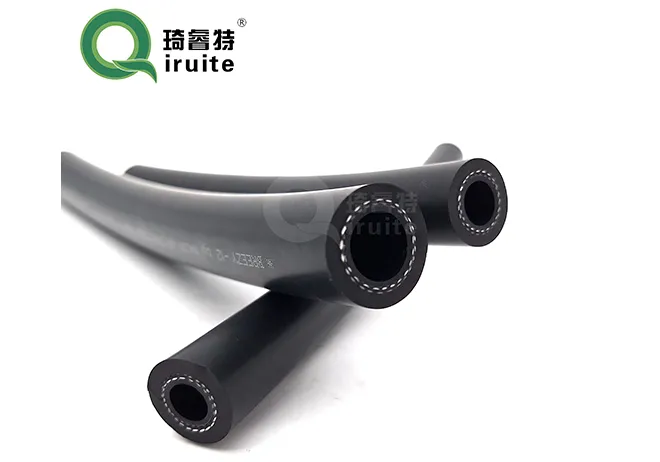Honda Odyssey power steering high pressure hose replacement tips and troubleshooting guide
Understanding the High-Pressure Power Steering Hose in the Honda Odyssey
The Honda Odyssey is a popular minivan known for its reliability, spacious interior, and family-friendly features. One critical component that ensures a smooth driving experience is the power steering system, which allows for effortless steering and control of the vehicle. Among the essential parts of this system is the high-pressure power steering hose, a component often overlooked in routine maintenance but vital for the vehicle's operation.
What is the High-Pressure Power Steering Hose?
The high-pressure power steering hose is a crucial part of the power steering system. It is responsible for conveying hydraulic fluid from the power steering pump to the steering gear. This high-pressure hose must withstand significant hydraulic pressure, which can reach up to 1,500 psi (pounds per square inch) or more under certain driving conditions. The ability of this hose to maintain integrity under such conditions is crucial for safe and efficient steering.
Signs of a Failing High-Pressure Power Steering Hose
Over time, the high-pressure power steering hose may wear out due to heat, age, or external damage. Common signs of a failing hose include
1. Leaking Fluid One of the most noticeable indicators is fluid leakage. If you see a reddish or pinkish fluid pooling beneath your vehicle, it may indicate a leak in the power steering system, specifically from the high-pressure hose.
2. Steering Difficulty A failing hose can lead to reduced hydraulic pressure, making it hard to steer the vehicle. If you find yourself exerting more effort than usual to steer, it's vital to check the power steering system.
3. Noise from the Steering System Unusual noises, such as whining or groaning when turning the wheel, may suggest a problem with the power steering system. This could stem from insufficient hydraulic fluid due to leaks or issues with the hose.
4. Warning Lights Some newer Honda Odyssey models have dashboard warnings for fluid levels or power steering issues. If a warning light appears, it's crucial to address it promptly.
honda odyssey high pressure power steering hose

Replacement of the High-Pressure Power Steering Hose
If you've diagnosed a problem with the high-pressure power steering hose, it’s essential to replace it right away. Continuing to drive with a damaged hose can exacerbate the issue, leading to more severe damage to the power steering pump or steering gear.
Replacing the hose typically involves the following steps
1. Safety First Always ensure that the vehicle is on a flat surface, the engine is turned off, and the keys are removed from the ignition. Allow the engine to cool down if it has been running.
2. Drain the Fluid Disconnect the negative battery cable and drain the power steering fluid using a suitable container. This step helps prevent any spills.
3. Disconnect the Hose Carefully remove the old high-pressure hose. You may need appropriate wrenches to loosen any fittings. Be cautious of residual fluid in the old hose.
4. Install the New Hose Position the new hose into place and secure it with the fittings. Make sure to follow the specific torque specs provided by Honda to avoid damaging components.
5. Refill Fluid and Test After installation, refill the power steering fluid, check for leaks, and start the vehicle. Turn the steering wheel back and forth to bleed any air from the system, and inspect for any signs of leakage again.
Conclusion
The high-pressure power steering hose is an integral part of the Honda Odyssey’s steering system, and recognizing its importance can help maintain the vehicle's performance and safety. Regular inspections and timely replacements of worn hoses can prevent more significant issues down the line, ensuring that your Odyssey continues to provide a comfortable and reliable driving experience. Always refer to your vehicle's owner manual or consult with a professional mechanic for accurate diagnosis and service.
-
Ultimate Spiral Protection for Hoses & CablesNewsJun.26,2025
-
The Ultimate Quick-Connect Solutions for Every NeedNewsJun.26,2025
-
SAE J1401 Brake Hose: Reliable Choice for Safe BrakingNewsJun.26,2025
-
Reliable J2064 A/C Hoses for Real-World Cooling NeedsNewsJun.26,2025
-
Heavy-Duty Sewer Jetting Hoses Built to LastNewsJun.26,2025
-
Fix Power Steering Tube Leaks Fast – Durable & Affordable SolutionNewsJun.26,2025

